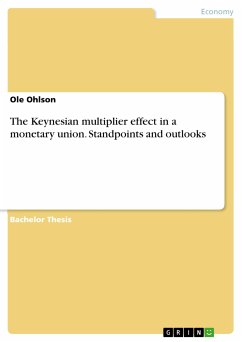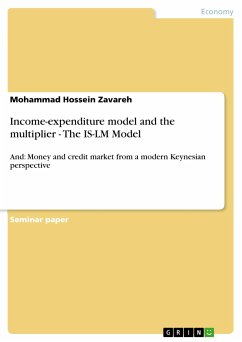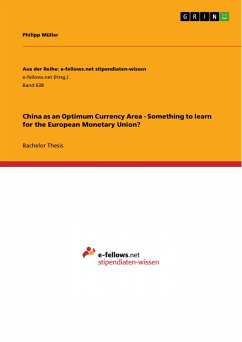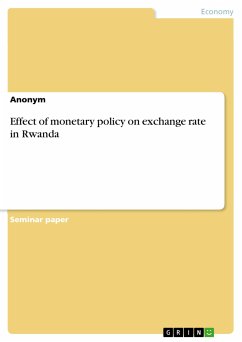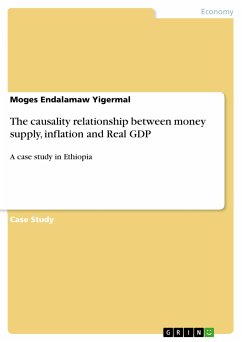Bachelor Thesis from the year 2021 in the subject Economics - Monetary theory and policy, grade: 1,3, University of Frankfurt (Main), course: Wirtschaftswissenschaften, language: English, abstract: This thesis aims at giving a broad outlook on fiscal discussions and standpoints concerning crises which might occur and ultimately aims at answering the following question: How can financial authorities shape public spending and what are the steps necessary? – Lessons learned from the global financial crisis of 2008. The Keynesian multiplier process is a concept which was first introduced by Richard Kahn and later on carried further by John Maynard Keynes. This concept was rather simple and very intuitive; if a government increases its spending, the resulting output will increase as well. This became especially relevant in times of crises, when governments were aiming at raising their output. The analysis of how government spending would affect output became omnipresent and there are different standpoints in the literature concerning this, most of them focusing on different aspects, such as the timing of news, spillover effects to other countries, the general environment of the economies and also different model approaches to estimate said multiplier as good as possible and to include as many different determinants as possible.

